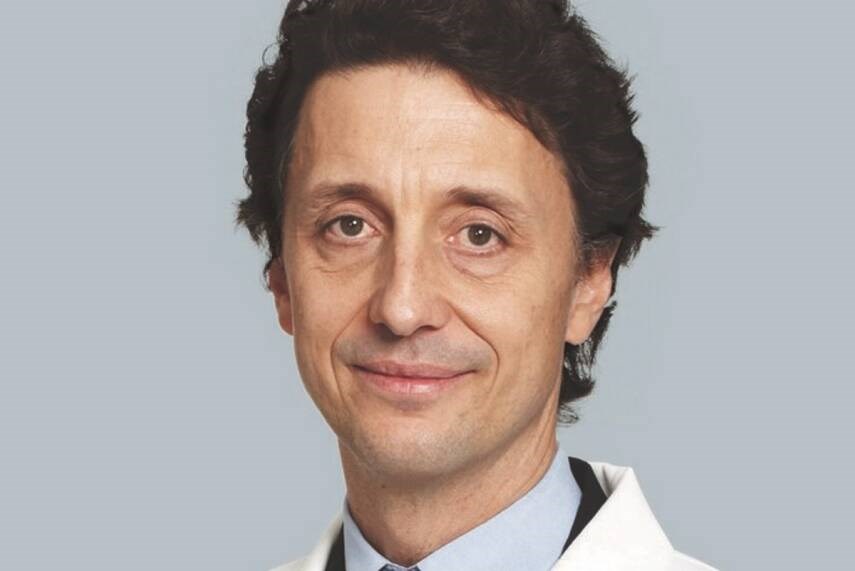Dear Dr. Roach: In the 1950s, I worked for a plumber covering pipes with asbestos. In 1976, I lost my entire lung on the left side, operated on at Memorial Sloan Kettering in New York. From that moment in 1976, I never had a problem with my other lung until about three months ago, when I had trouble breathing on the treadmill. I happened to see my heart doctor at that time, and he detected water in my lung and gave me water pills for two weeks. Then he sent me to a pulmonary doctor, and I had a CT scan. They told me I had pulmonary fibrosis.
My pulmonary doctor suggested a teaching hospital with a pulmonary fibrosis program, and I enrolled, only they will not see me until November. My doctor said a new drug called Ofev might be helpful. Perhaps you could help me.
P.S. I am taking amiodarone and methotrexate for heart disease.
S.A.
You have at least four possible reasons for lung disease. One is called idiopathic pulmonary fibrosis, which is treated with Ofev (nintedanib). This medication is effective at slowing the progression of IPF.
However, two of your medicines, amiodarone and methotrexate, are both well-known for potentially causing lung disease. Moreover, asbestos causes multiple lung problems, and back in the 1950s, workers were not adequately protected from asbestos fibres.
Asbestos can cause a fibrosis in the lung similar to IPF. Asbestos also increases the risk for an unusual type of cancer called mesothelioma, as well as the common type of lung cancer. I wonder if the surgery in 1976 was done in concern of lung cancer, since Memorial Sloan Kettering is primarily a cancer hospital.
I am very glad you are going to a referral center. There is some evidence that Ofev might be beneficial for other types of lung disease besides IPF. You will need to see not just a pulmonary expert, but one who has special expertise in treatment of this type of lung fibrosis. I would defer to their expertise.
Dear Dr. Roach: A thyroid ultrasound showed four small nodules on my thyroid. My blood levels are within normal limits. My doctor said I did not need a follow-up. What do you think?
J.M.
The new Thyroid Imaging Reporting & Data System (TI-RADS) has made understanding thyroid nodules much easier for nonexperts like me. When a thyroid nodule is found by exam, or when getting a test for another reason, we always worry about the possibilities of thyroid cancer or a nodule making excess thyroid hormones.
Since your thyroid levels are OK, the concern here is cancer. There are characteristics that make the likelihood of cancer greater or lesser, and the radiologist reports this as the TI-RADS score. The lowest risk categories, TR1 and TR2, have a 0.3% and 1.5% cancer risk, respectively, so we do not recommend biopsy for these. Categories TR3 through TR7 should be biopsied. You should find out your result.
Suspicious nodules that do not meet criteria for biopsy should be reevaluated periodically (every six months for worrisome ones, or up to two years for less-worrisome ones). Very low-risk nodules only require a follow-up in two or three years.
Dr. Roach regrets that he is unable to answer individual letters, but will incorporate them in the column whenever possible. Readers may email questions to [email protected]



